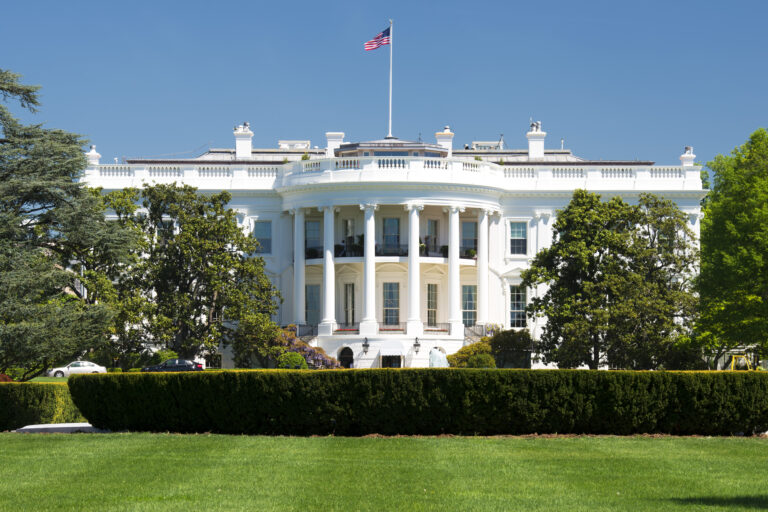Earlier this month, Whiteboard Advisors heard from Education Insiders—the education leaders, advocates, and influencers who shape federal and state education policy—on the likelihood of Congress providing a historic increase to Title I of the Elementary and Secondary Education Act (ESEA).
Title I is the largest single source of federal funding for K-12 education. First introduced by President Johnson in 1965 as a supplemental funding source for students from low-income families, the account has grown into the primary federal vehicle to fund school improvement. School officials use the funds for a wide range of activities that enhance educational programming, including teacher pay, academic intervention strategies and programs, educational technology, high-impact tutoring, and more. Last year, Congress appropriated about $16 billion.
The hope for an historic investment began in May, when President Biden proposed a $20 billion increase for the account for federal fiscal year 2022 (FY2022). The House followed the administration’s lead by including an additional $20B in its FY2022 bill, and Senate Democrats included an additional $16B in their proposal. Senate Republicans, however, are not coming out in support of the increase, noting that schools are now managing the billions Congress provided through the three pandemic stimulus bills.
Most recently, Congress passed a Continuing Resolution on December 2nd that extends current funding levels and the FY2022 negotiations through February 18, 2022. What does that mean for TItle I? What is the likelihood of Congress providing a $16-20B increase in Title I in FY22?
Key Findings:
- Most Insiders believe an increase is unlikely but 31 percent believe that there is still a chance.
- When asked about future federal budgets (after FY2022), the increase seems more unlikely.
- Using another vehicle for increasing funding is improbable, although possible



